
|
B arry's
Tire
Tech This is a series of articles on the technical aspects of tires, their care and usage. My primary purpose in these articles is to help people understand tires and thereby reduce the risks we all face every day. ..........and since tires is just about the only thing I know about.......... Please drop me a note if you have a topic you want to see: Barry@BarrysTireTech.com |
|
Ride and Handling: |
|
This describes a series of tests where the "feel" of a tire is evaluated. These are ALWAYS comparison tests. In other words, there is a control tire - and this time it's not the SRTT (Standard Reference Test Tire). Typically the control tire is a popular seller, or the best example in the category. Sometimes there is more than one. Typically the "Ride" portion is done first, because the "Handling" portion will destroy tires. And because the vehicle has an impact on the test results, it is important to select a test vehicle that is in good condition and representative. Typically tires that ride good, don't handle well - and vice versa. The trick is to get the balance right - which of course varies according to the type of vehicle the tires are intended for. In other words, the ride and handling balance for a family sedan would not be the same as for a sports car. |
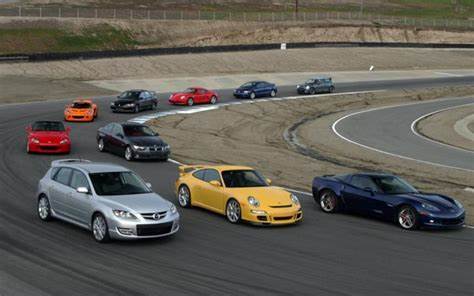
|
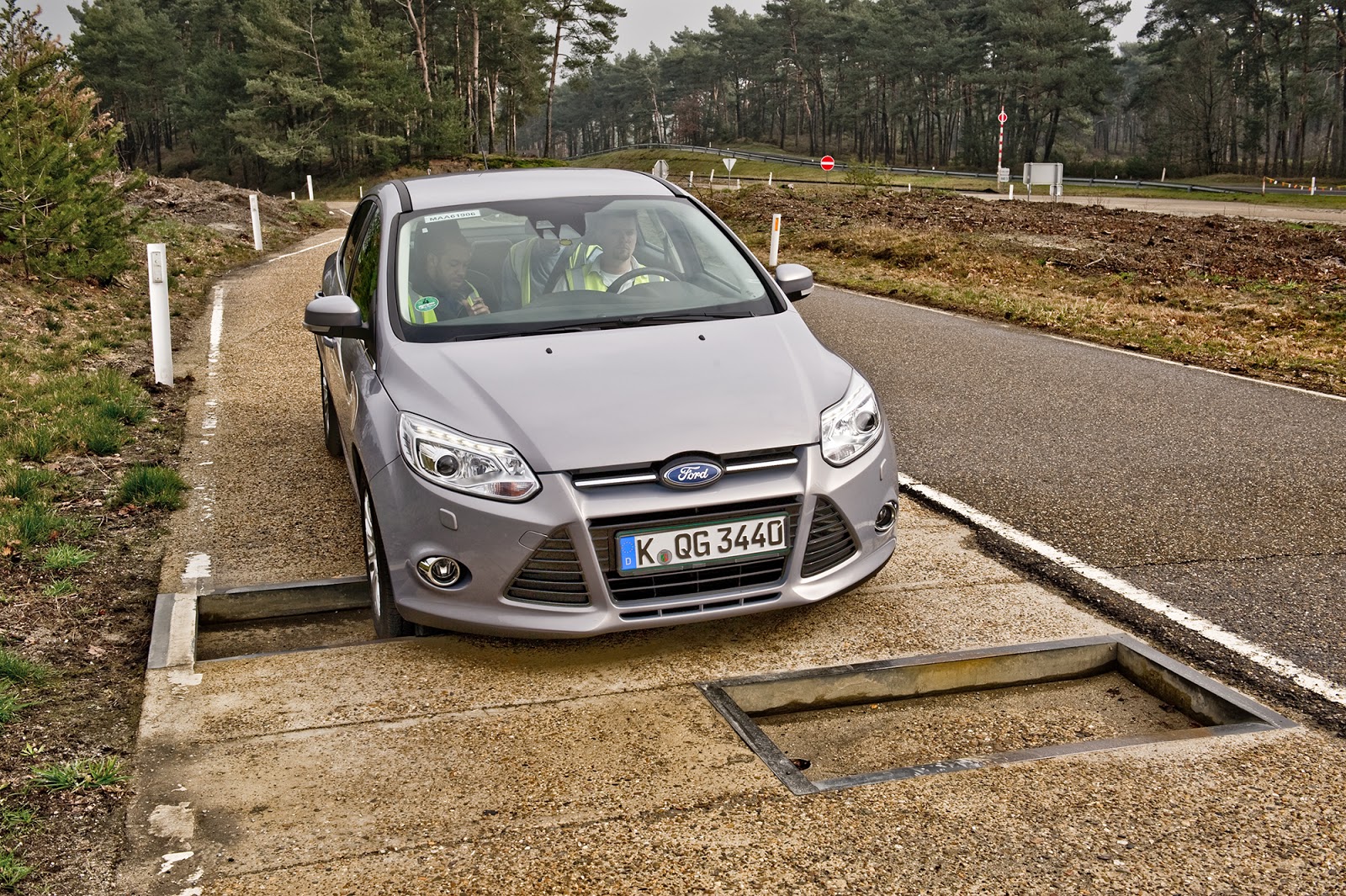
|
The ride portion of the test is a bit tricky. Some places have special courses to drive over - like the one to the left. These are sometimes called "Event Roads". The purpose of this type of road is to have a consistent "event", so differences can be discerned. Sometimes the vehicles are instrumented to better define the results. Needless to say, a road like this has a long lifespan - many years of consistent and predicable results! But even regular streets can be used. The key is having a surface that is not smooth. Below are some photos of the kind of surfaces that could be used for Ride Evaluations. |

|
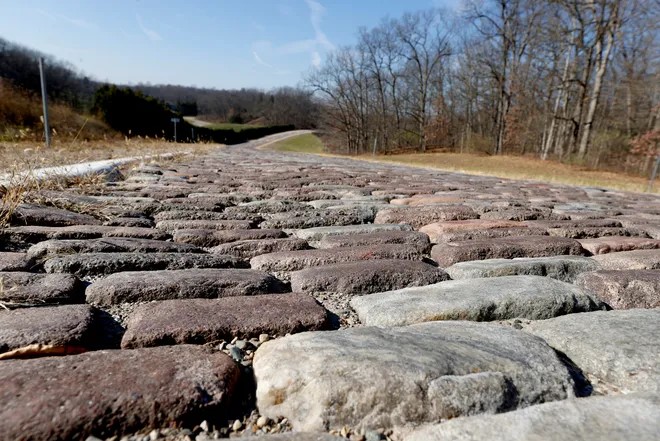
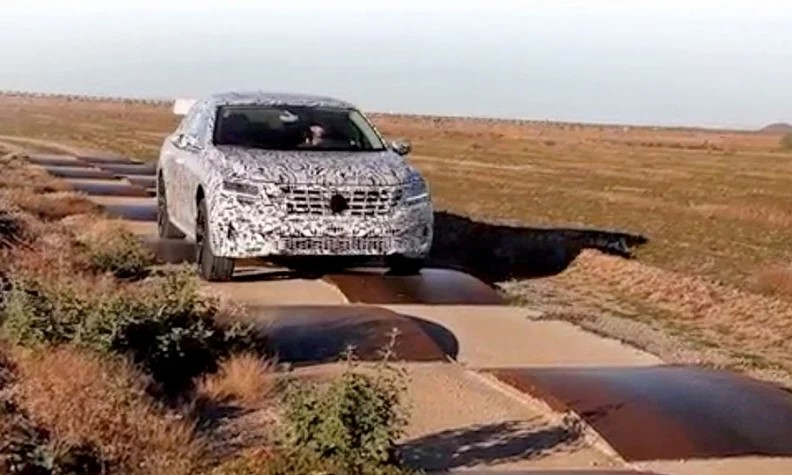
|
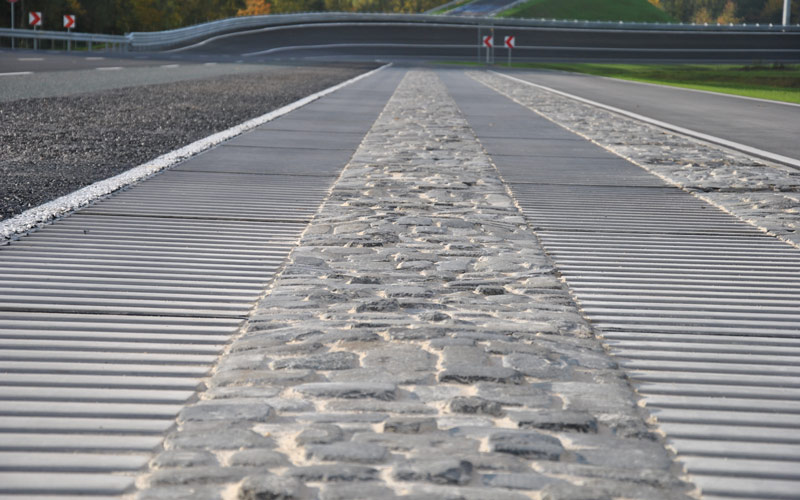
|
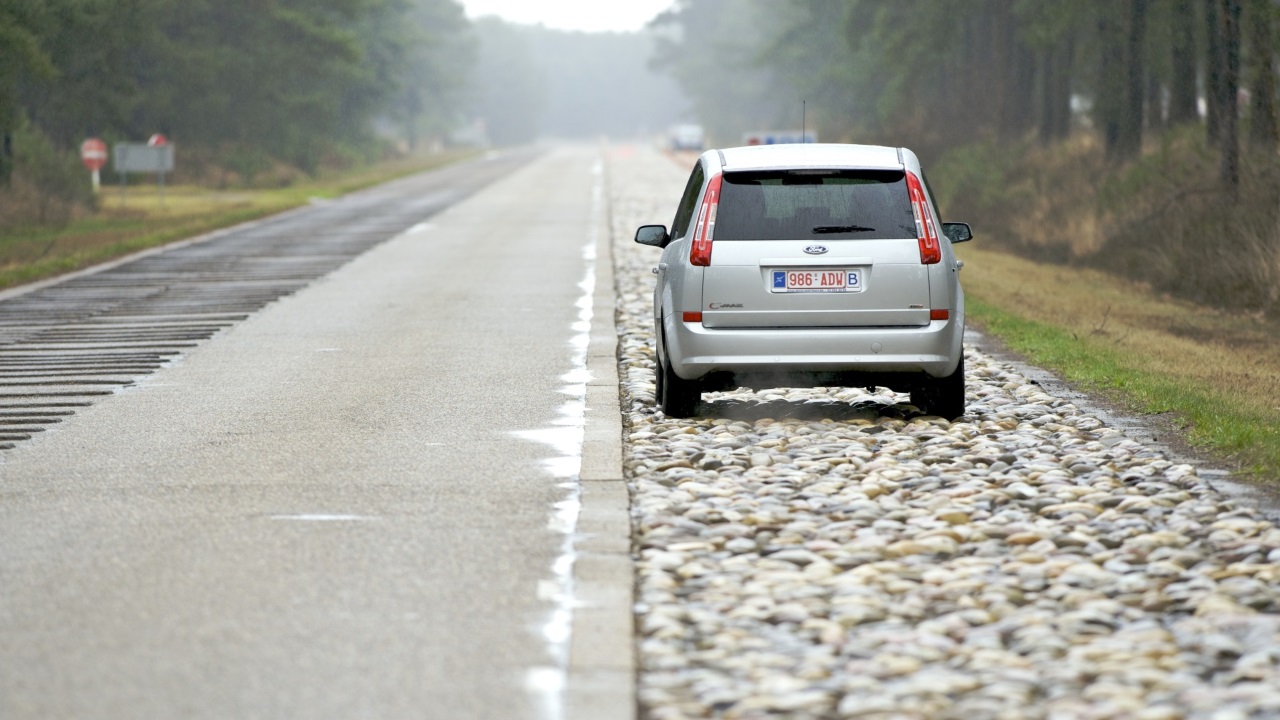
|
|
I hope it is obvious that these types of roads are also good for evaluating vehicles. It is not unusual for car manufacturers to use a tire company's proving grounds - and vice versa. |
|
Placeholder for a Ride/Handling Evaluation Sheet But I didn't find one! |
I had hoped to find a ride evalution sheet - one with defined categories so I could point out the interesting terms used. Unfortunately, I didn't find one. If you know of a photo of one, please let me know: Barry@BarrysTireTech.com So instead, I'll just go over the few I remember. |
|
Some Ride Terms:
|
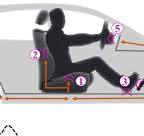
|
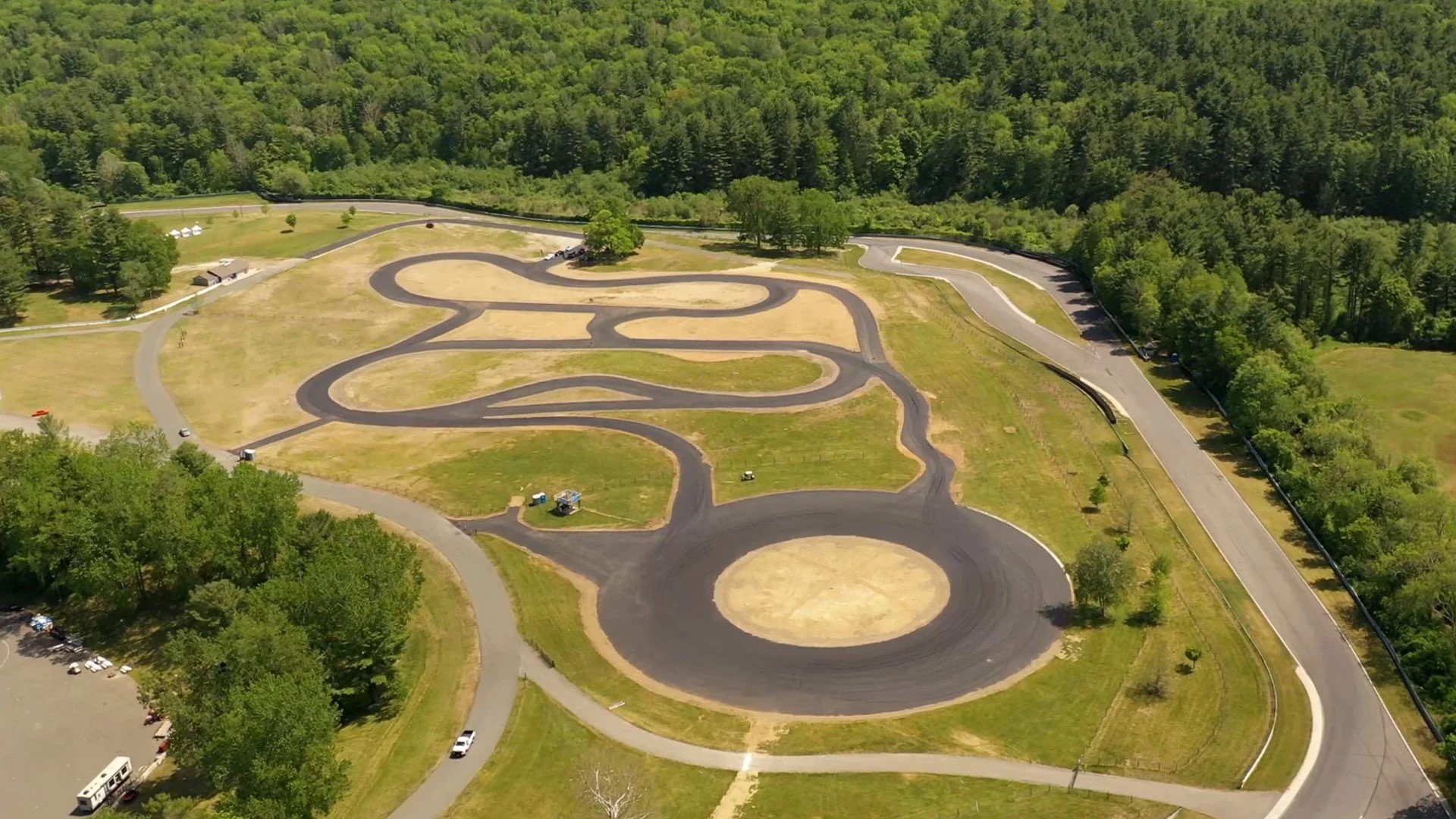
|
Handling: And just like with ride evelautions, it is advantageous to have special courses. In fact, it is almost mandatory! That's because the tires need to be pushed beyond their capability to see how well perform both at the adhesion limit and beyond it. What the evaluator is looking for is predictability. I've talked about this on my webpage on Force and Moment |
|
Among the tests usually performed is Slalom and Lane Change. See the videos to the right. They do a much better job of showing what those are than my words could. Please, don't forget that the purpose of these manuevers in a tire evaluation is how it feels, not the speed. Don't get me wrong, speed is important, but not in the evaluation. |
|
|